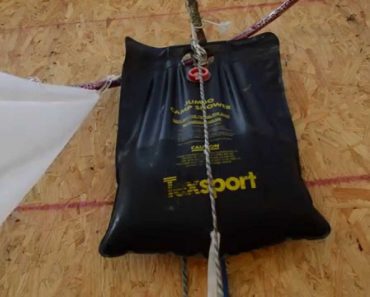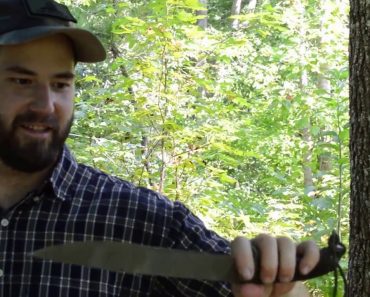I make sure to buy my popcorn in 25 or 50 gallon bulk bags at the local warehouse store because it is cheap, easy, fun, and if push comes to shove can be ground into some resemblance of cornmeal. Most folks think microwave when they hear the word popcorn, but their are sorts of […]
Category: Camping
How to Carry Duct Tape While Backpacking
A common trick among backpackers is to wrap some duct tape around their water bottle or lighter so that they always have a couple feet readily available for quick repairs. This is an easy duct tape tip that ensures you always have some tape on hand. I find that having some duct tape with […]
Camping: Hula Hoop Camping Shower
Being out on the land camping while I clear the land has its benefits. I can save travel time and I get to see my land at all times of the day. However it also has a drawback. Namely working hard and being outdoors makes showers a luxury. I am NOT used to having a […]
How to Setup a Camping Tarp in the Woods
I needed a semi-permanent shelter out on the land as James and I went about clearing the trash from the land. I did not want to spend any money. Additionally, I did not want to take a lot of time messing around as time on the property is limited. Since Tarps are cheap and […]
Camping: Map Contour Lines II
Being able to read contour lines is pretty important. This is the second in a series of land navigation posts. Like the first article this one also deals with map contour lines. The method I use to show contour lines is one I learned in the Boy Scouts and it is how I finally grasped […]





